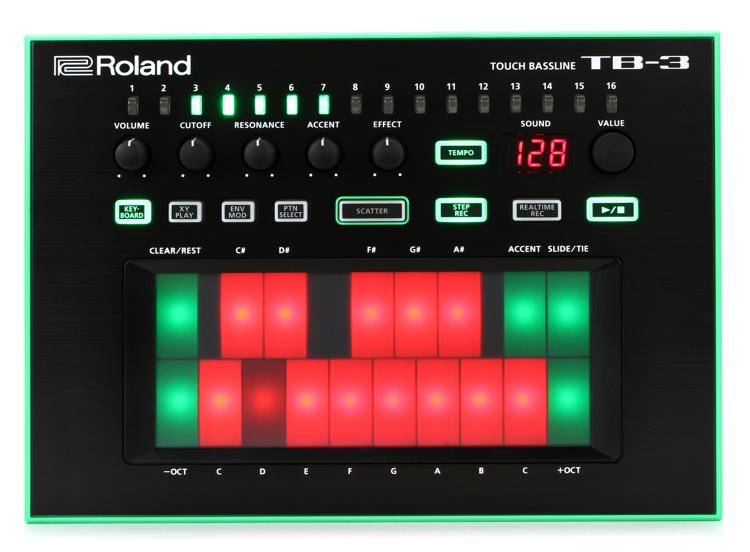
of these, the A9 DA neurons in substantia nigra compacta (SNc) are selectively lost in PD, whereas nearby A10 DA neurons of the ventral tegmental area (VTA) are relatively spared by the disease. Overall these findings provide a unique transcriptional profile of developing fetal VM and functionally mature human DA neurons, which can be used to quality control stem cell-derived DA neurons and guide stem cell-based therapies and disease modeling approaches in PD.ĭA neurons in the ventral midbrain are diverse and consist of several different subtypes. This approach allowed us to define the molecular identities of distinct human DA progenitors and neurons at single cell resolution and construct developmental trajectories of cell types in the developing fetal VM. To study late events of human DA differentiation and functional maturation, we established a primary fetal 3D culture system that recapitulates key molecular aspects of late human DA neurogenesis and sustains differentiation and functional maturation of DA neurons in a physiologically relevant cellular context.

This revealed that the emergence of transcriptionally distinct cellular populations was evident already at these early timepoints. In this study, we used droplet-based scRNA-seq to transcriptionally profile a large number of fetal cells from human embryos at different stages of ventral midbrain (VM) development (6, 8, and 11 weeks post conception). An increased understanding of the mechanisms promoting the generation of distinct subtypes of midbrain DA during normal development will be essential for guiding future efforts to precisely generate molecularly defined and subtype specific DA neurons from pluripotent stem cells. Transplantation of midbrain dopamine (DA) neurons for the treatment of Parkinson’s disease (PD) is a strategy that has being extensively explored and clinical trials using fetal and stem cell-derived DA neurons are ongoing.


 0 kommentar(er)
0 kommentar(er)
